Sheet metal fabrication is an important manufacturing process in many industries. For example, it plays a major role in the aerospace and automotive industry, serving as an important backbone. As a designer, to make the best use of the process, you must have a clear set of goals and design strategies.
The design strategy involves knowing the different sheet metal design techniques and the sheet metal fabrication tips and tricks to help make the process easy. Therefore, this article will show you some sheet metal design tips to employ for a smooth sheet metal fabrication process. Read on.
Sheet Metal Design Tips You Can Use
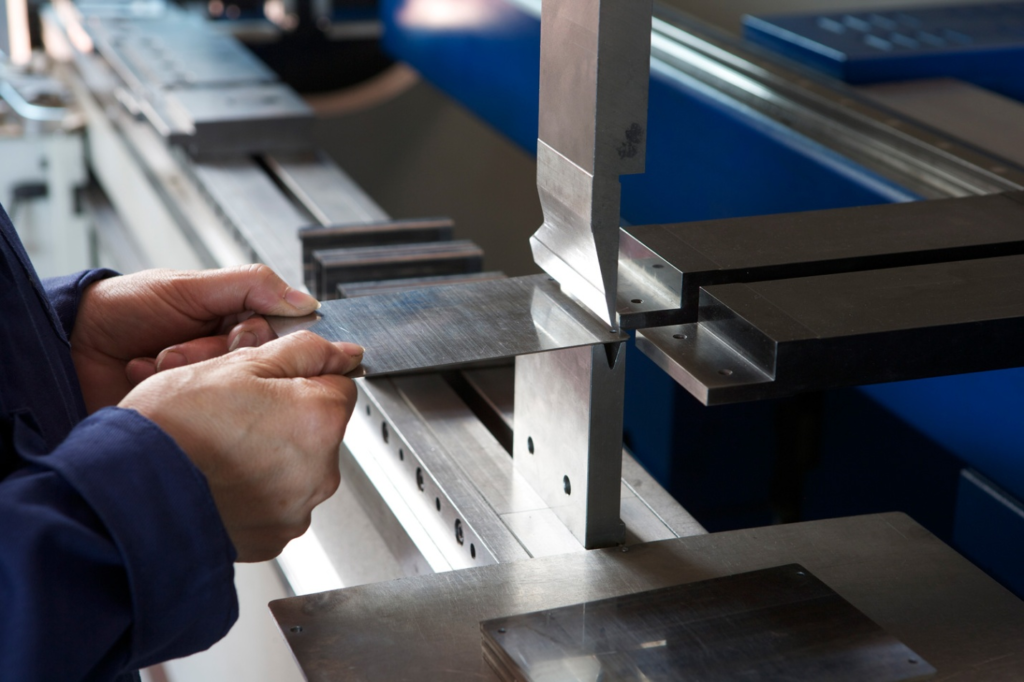
Based on some standard design for manufacturing practices, thorough analysis of results, and changing industrial requirements, the following are sheet metal design tips you should follow in your sheet metal fabricating process. These tips should be considered as a guide. This is to ensure that the design of sheet metal components occurs efficiently. Below are the important sheet metal design tips that will help you fabricate sheet metals of high quality:
Hole Size
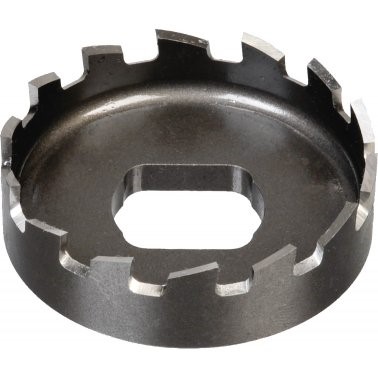
In sheet metal design, you should ensure that any holes in the structure have a diameter at least equal to that of the thickness of the sheet metal material.
Adhering to this sheet metal design tip reduces the chance of a tool breaking or becoming damaged. Therefore, this can increase production times and costs. Similarly, using consistent hole size diameters across a given part can speed up production because fewer tool changes will be required.
Finally, holes should be placed away from curls and not be placed closer than six times the material’s thickness from each other.
Bend Radius
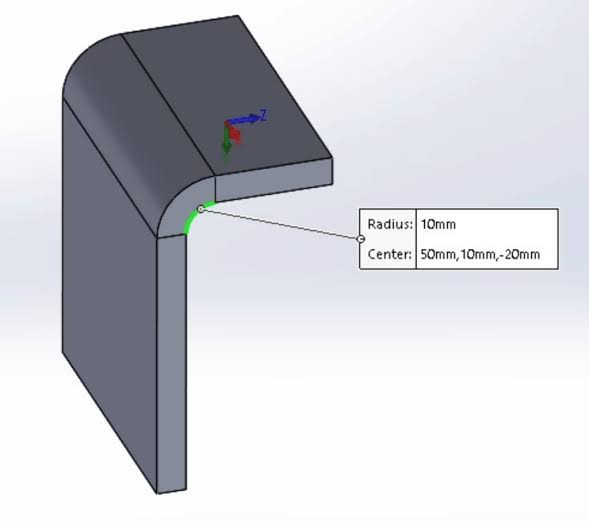
When designing a sheet metal part, a crucial tip is that the smaller a bend radius, the more strain it creates for the workpiece.
As a general rule, the inside radius of a bend should be equal to the sheet metal thickness. (This is especially true for ductile metals such as stainless steel. Other more brittle metals often benefit from an even larger bend radius.)
Bend Orientation
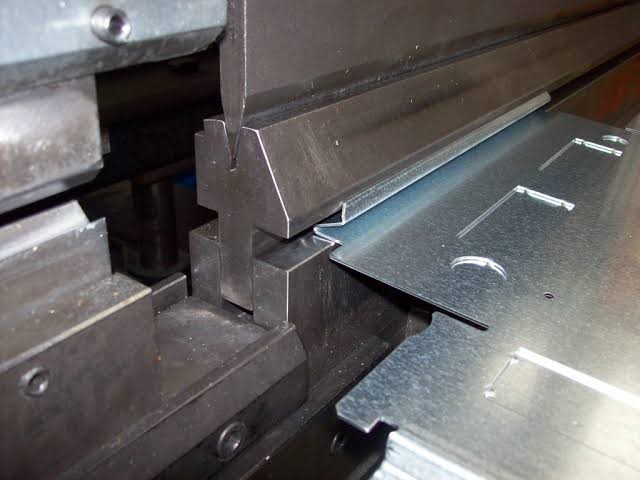
Bending is one of the common forming sheet metal design techniques in which brakes bend sheet metal into the desired geometry. To facilitate the production process and reduce overall costs, you should note this design tip. Ensure that bends, as much as possible, have the same orientation. Therefore, there will be an elimination of the need to reorient the parts in the manufacturing process, saving time and, ultimately, money.
Hems
In sheet metal fabrication, hems are used to create safe edges on products by folding the edge of the metal sheet onto itself. A key design tip to follow when integrating a hem into a part is to avoid flat hems. Instead, an open or tear-dropped hem is often preferable because they have less risk of fracture.
When designing open hems, it is advisable to maintain an inside diameter at least equal to the thickness of the sheet metal. The hem’s length (i.e., how much is folded in) should be at least four times the thickness measurement. Tear-dropped hems should follow the same ratios, and you should consider an opening measuring at least 1/4 of the sheet metal thickness.
Tabs and Notches
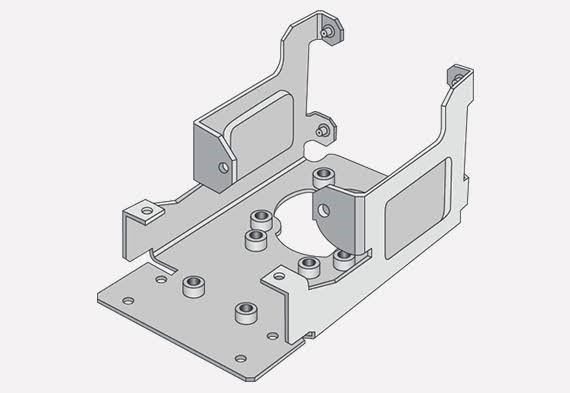
When designing a part with tabs or notches, a key design tip is to know that specific measurement ratios result in an optimized design. For instance, tabs should not be longer than five times their width, and they should be at least as wide as twice the sheet metal’s thickness.
Notches, for their part, should be at least as wide as the material is thick and are best situated at least 1/8 of an inch away from each other. If notches or tabs are placed near a bend, they should be at least three times the material thickness (plus the bend radius) away from the bend. Otherwise, they can become warped or deformed.
Tooling Choice
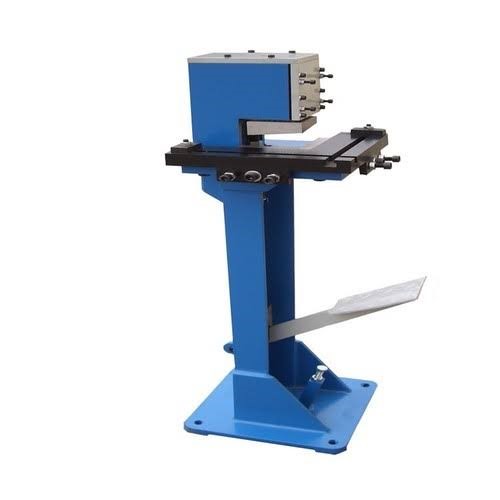
This design tip applies not only to sheet metal design techniques but also to CNC machining. By designing parts with bends, radii, and holes made with conventional tools, manufacturing services such as RapidDirect can save time across the production process. In other words, if you maintain standard measurements and sizes across your sheet metal part, it will be faster and cheaper to manufacture. In a similar vein, the simpler a part’s design is, the easier (and cheaper) it is to produce.
Tight Tolerances
Another important tip while using sheet metal design techniques is to limit your use of tight tolerance. Many build their prototypes with unnecessary tight tolerance. However, the tighter the call-outs you include in your design, the more expensive the finished product. Instead, only include features and surfaces critical to your project’s function.
Folds
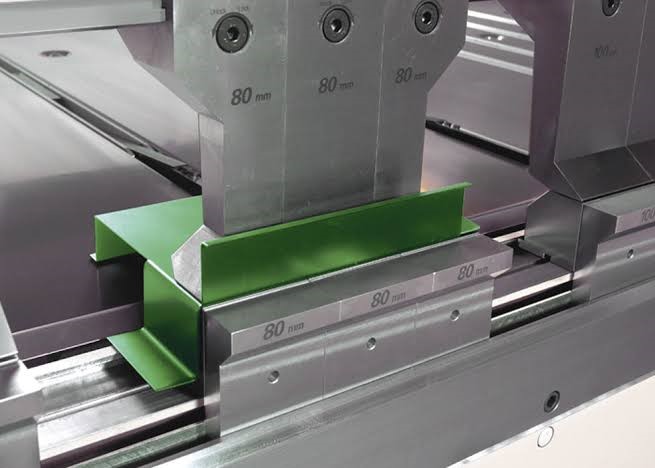
In general terms, the more complicated your design, the high the cost. To save your pocketbook, simplify the angles you use in your bends. A good sheet metal design tip to follow is that the best sheet metal folds have a radius equal to or greater than the thickness of the metal you use.
Small bends on thick parts are less accurate than on thin parts. Avoid the small bends if you’re using thick parts unless they’re necessary. If they aren’t, head back to your sheet metal design and see if you can work around them.
Offsets
Offsets are Z-shaped bends you can use on brackets and clamps. A key tip that applies here is to keep all the bend radii the same. Also, the parallel planes should be at least two times the material thickness apart.
Sheet Metal Gauge
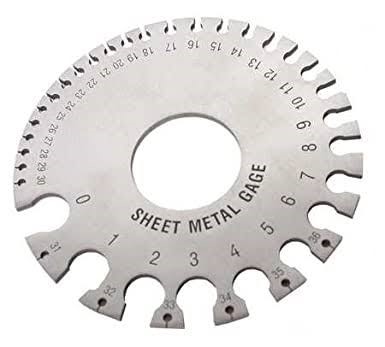
One of the most important sheet metal design tips you should inculcate is related sheet metal gauge.
The sheet metal thickness depends on the project and the geometry of the part. However, thick sheet metals limit the angle of the bend achievable on a press brake. Bends that are too sharp are difficult on a press brake or traditional punch press. It also creates microscopic cracks in the metal that makes the metal brittle and easy to break. Consequently, there is a risk of expensive setups and long production times.
Unless required, no matter the sheet metal design techniques, one of the key sheet metal design tips is to stay away from thick sheet metals. Choose the thinner, more pliable metal.
Materials

It is not enough to know the different type of sheet metal and their features while using sheet metal design techniques. It is better to know how to choose the right material. This is an important key tip during sheet metal fabrication. Below are a few factors to consider when choosing the right material for your project.
- Hardness: This is the sheet metal’s ability to restrain hard pressing.
- Tensile Strength: This determines the maximum load the material can hold without fracture.
- Maximum Temperature: This is important as it will affect the sheet metal’s property. For example, the temperature can lead to a change in electrical resistance, etc.
- Malleability: Your chosen sheet metal should be malleable according to your project requirement
- Elongation Ratio: This explains the ratio of the elongated sample material to the ratio of the sample material after breaking.
Rapiddirect, Your Ideal Partner for Sheet Metal Fabrication
Overall, sheet metal fabrication is a versatile production process that involves using sheet metal design techniques for metal parts. No matter what the application, each of these sheet metal design tips will help streamline the production of your part. Therefore, resulting in an easier and cheaper job.
At RapidDirect, our team of experts is happy to work with you to ensure proper optimization of sheet metal design for our sheet metal fabrication processes. We will also provide vital support throughout the design preparation phase. Therefore, we will evaluate and fix any issues at the design stage before moving into production. Therefore, saving everybody time and money.


